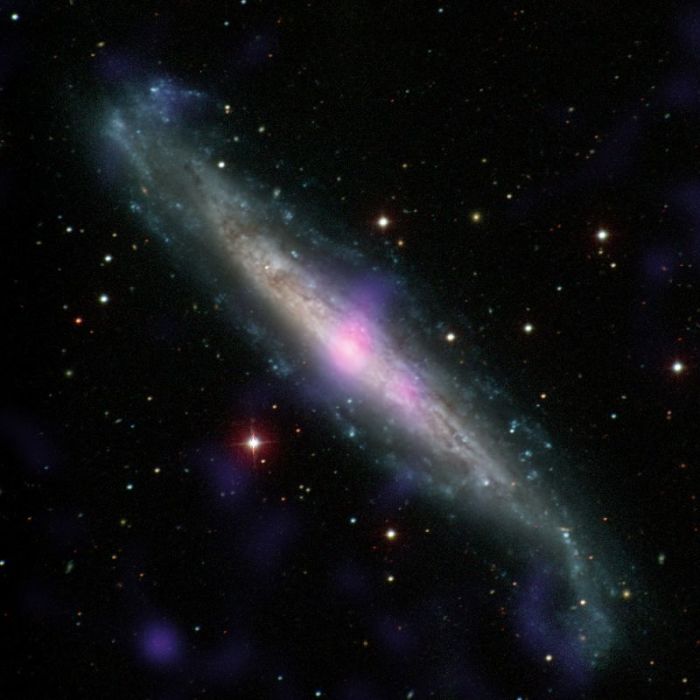2 Massive Black Holes Discovered Remarkably Close to Milky Way

Black holes are the most powerful objects in the known universe. They are cosmic objects with gravitational fields so strong that not even light can escape from them, much less planets. And scientists have just discovered 2 supermassive black holes close to our home galaxy.
"These black holes are relatively close to the Milky Way, but they have remained hidden from us until now," said Ady Annuar, a graduate student at Durham University in the United Kingdom, who presented the results at the American Astronomical Society meeting in Grapevine, Texas. "They're like monsters hiding under your bed."
Unlike most monsters though, these black holes hid behind giant clouds of gas and dust to avoid detection. These interstellar objects were only noticed now because of NASA's Nuclear Spectroscopic Telescope Array (NuSTAR) which detected the emission of high-energy X-rays from the material being consumed by the black holes.
Based on their findings, coupled with earlier observations from NASA's Chandra X-Ray Observatory and the Japan-led Suzaku satellite, researchers identified two supermassive black holes at the center of two neighboring galaxies: IC 3639, which is 170 million light-years away, and NGC 1448, which is only 38 million light-years from Earth.
Both the galaxies are what astronomers call "active galactic nuclei" – a class of extremely bright objects that include quasars. Active galactic nuclei are highly luminous because particles in the regions around the black hole get very hot and emit radiation across the full electromagnetic spectrum -- from low-energy radio waves to high-energy X-rays.
These objects remained unseen as yet because they were surrounded by a doughnut-shaped region of thick gas and dust that obscured the central regions from certain lines of sight. Recently, their orientation was such that NuSTAR captured them at a horizontal angle; With reflected X-rays from the doughnut-shaped obscuring material being viewed instead of the bright central regions.
"Just as we can't see the sun on a cloudy day, we can't directly see how bright these active galactic nuclei really are because of all of the gas and dust surrounding the central engine," said Peter Boorman, a graduate student at the University of Southampton in the United Kingdom.
The discovery of these two supermassive black holes comes only a week after NASA's Chandra X-ray Observatory had found thousands of black holes, and released an image of the highest concentration of supermassive black holes ever seen. The discovery was an important one in understanding the universe's history.
"With this one amazing picture, we can explore the earliest days of black holes in the Universe and see how they change over billions of years," Niel Brandt of Pennsylvania State University in University Park, Pennsylvania, who led a team of astronomers studying the deep image, said in a statement.
Researchers state that the discovery of two supermassive black holes in close proximity to our home galaxy would make studying them and their physics far easier. They have also expressly stated that neither black hole poses a threat to Earth and its inhabitants.




























